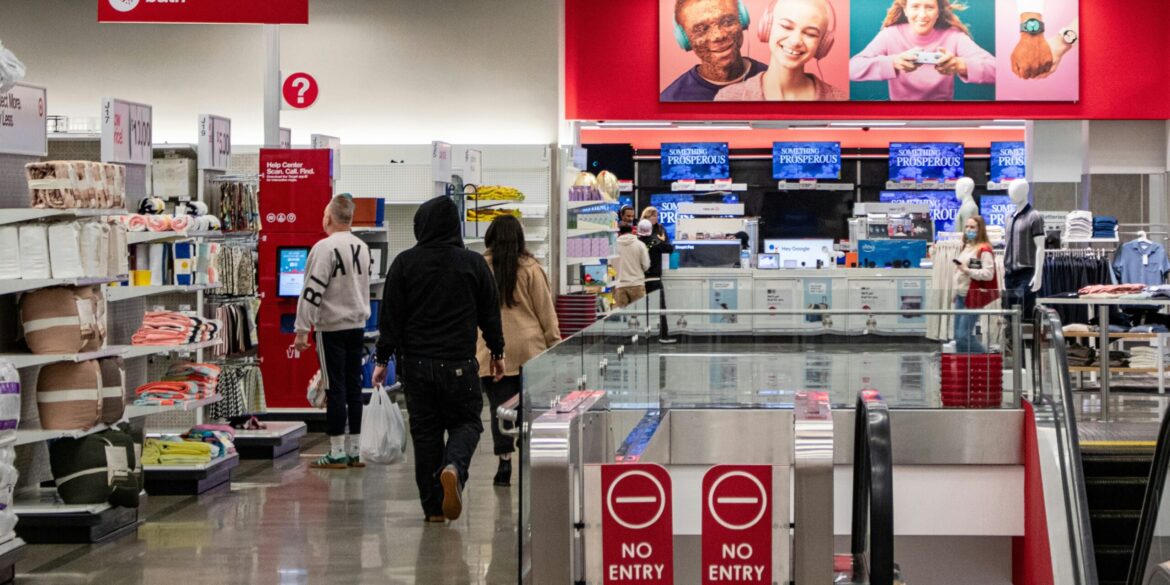Target Corporation announced its third-quarter financial results for 2025, reporting net sales of US$25.3 billion, a decline of 1.5% year-over-year. Despite the overall dip in sales, the company saw a notable 2.4% increase in digital comparable sales, indicating the continued strength of its online operations. The retailer attributed the decline in sales primarily to softness in discretionary merchandise, while growth in food and beverage sales, as well as the increasing popularity of same-day delivery services, helped mitigate some of the weaknesses in other areas.
One of the standout performances came from Target’s same-day delivery services, which grew by more than 35% year-over-year, driven in part by the retailer’s “Circle 360” digital offering. This service provides a convenient, fast delivery experience for customers, which aligns with the broader shift in consumer preferences toward convenience and immediate gratification. Additionally, Target saw strong performance in its non-merchandise revenues, including earnings from membership programs, marketplace operations, and advertising, which increased by 17.7%.
Target’s adjusted earnings per share (EPS), which excludes severance and asset-related charges, came in at US$1.78, slightly down from US$1.85 during the same period last year. Despite the slight dip in EPS, analysts point to Target’s investment in digital channels and services as a potential long-term growth driver that could reshape the company’s margins and overall profitability.
Looking ahead, Target has ambitious plans for the upcoming holiday season. The retailer intends to introduce over 20,000 new items, roughly double the number from the previous year, with more than half of these items being exclusive to Target. This expansion reflects the company’s strategy to differentiate itself in a competitive retail landscape by offering unique products that appeal to its customer base.
In its commentary, Target emphasized that convenience, fulfillment, and value are key strategic focus areas as the company enters the busy holiday shopping period. While the overall top-line performance has been challenging, the growth in digital and service segments signals that these areas could be pivotal in driving future growth and profitability.
Analysts suggest that while the company faces pressures on the merchandise side, Target’s investment in digital capabilities and fulfillment services may provide crucial levers for growth moving forward. These efforts, combined with strategic initiatives in product offerings and customer experience, could help Target navigate the current retail environment and position itself for continued success in the years to come.


